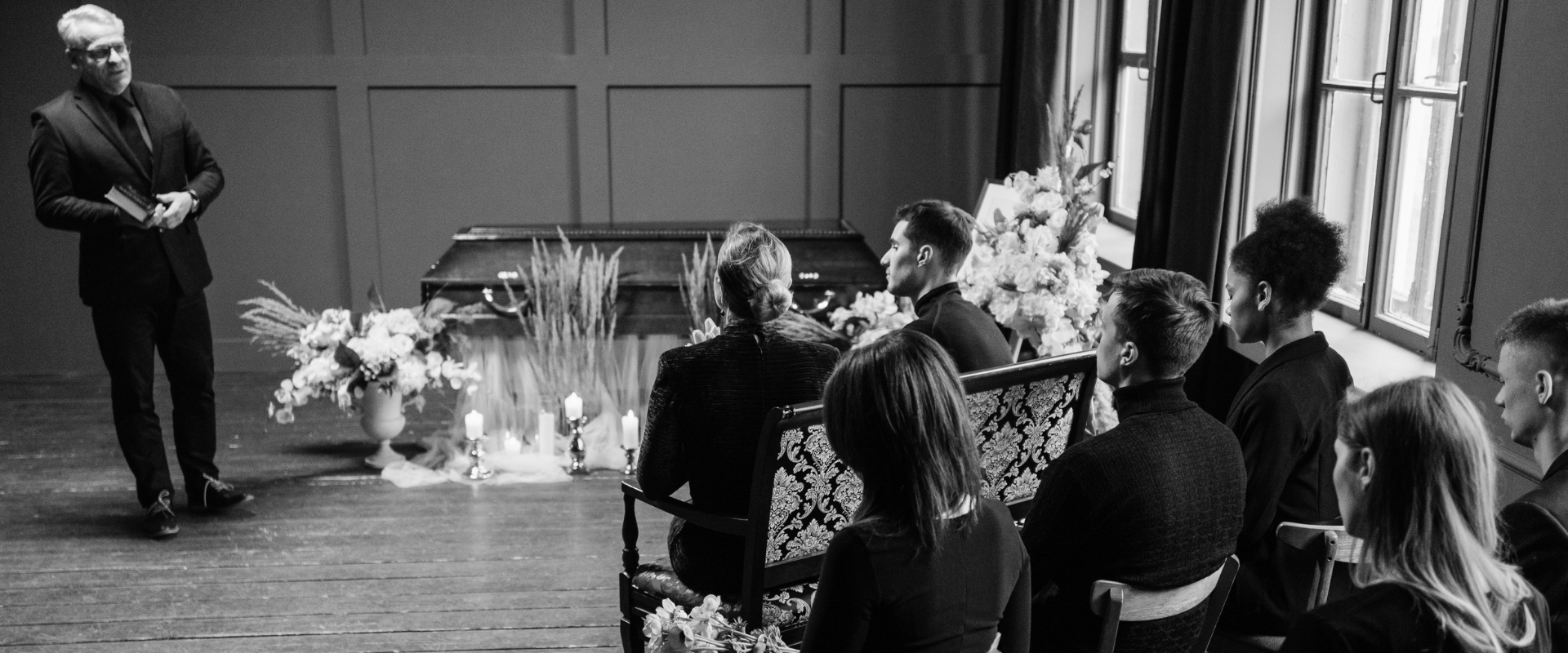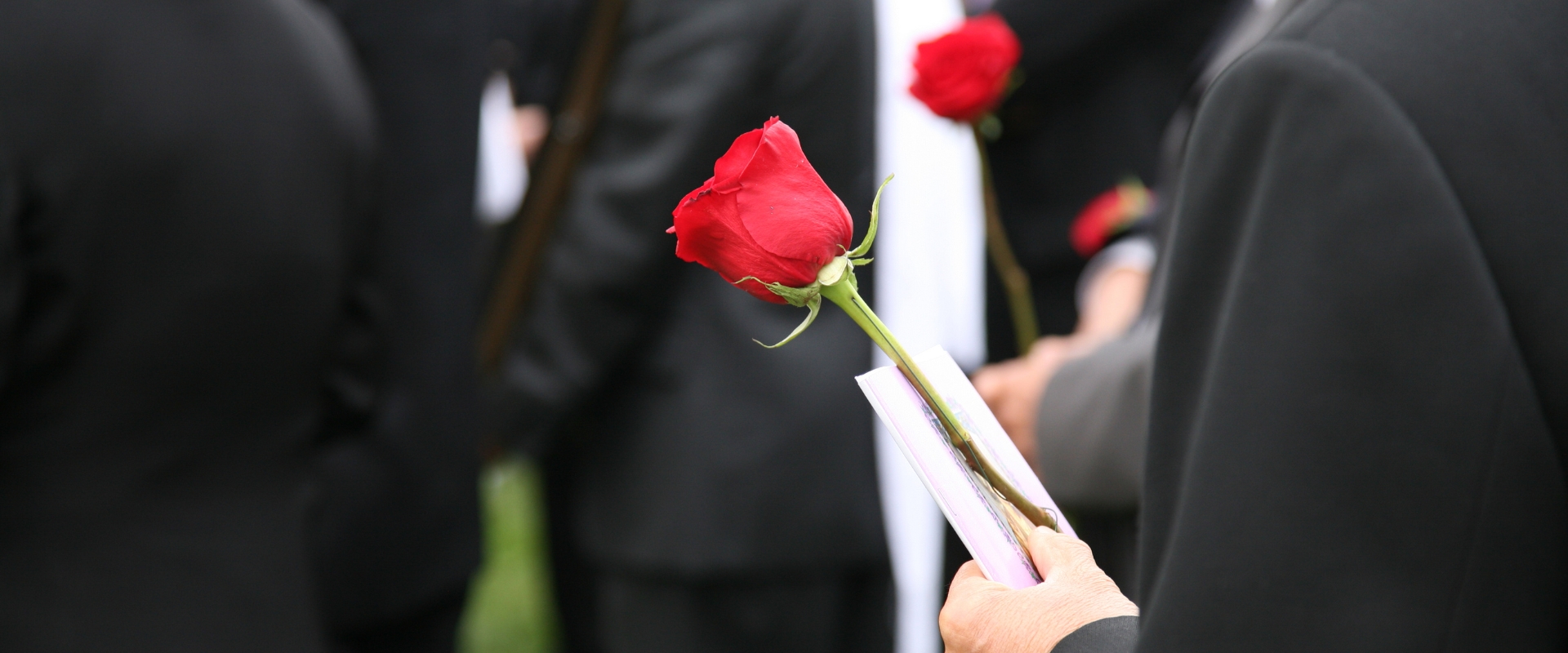
A good funeral celebrant can enable you to have a funeral that beautifully honours the life of your loved one in a special, meaningful, authentic way. A funeral well done is a cathartic celebration of your loved one’s life and significantly contributes to the healing process.
This article will give you a deeper understanding of what a funeral celebrant is, what they do, and how a celebrant can help you to create the right ceremony for your loved one.
What does a funeral celebrant do?
The funeral celebrant is responsible for putting together the content of the funeral service and is the host of the funeral service on the day, so they are typically a good writer and a good speaker.
Author: Meggan Brummer
If we haven’t met before - I am an award-winning Marriage Celebrant in Sydney, Australia.
I’ve married hundreds of couples over the last 14 years and have over 25 years experience as a professional writer.
The funeral celebrant’s availability to you
The week(s) leading up to the service are often a busy time for the celebrant, as they create and write a heartfelt funeral ceremony for your loved one and provide you and your family with emotional support.
Meeting the family
The celebrant will start by meeting your family, or the main person representing the family of the deceased. This meeting could be either in person or on video call.
During the time, the celebrant will find out more about your loved one, (what they were like, what they loved, what lit them up, what mattered to them, if they had any specific wishes for their funeral, what they believed happens to us when we die, etc). This can be a really cathartic, healing part of your journey with your celebrant.
They will also get to know your family, discuss the logistics and plans of the funeral and make suggestions of what could be included to make it a meaningful, personal and unique reflection of your loved one’s life.
After the first meeting
After the first meeting, the celebrant will begin to write the funeral service. Some celebrants will write the eulogy of the person’s life, while others might write a story about how they died and those close to them will speak personally in the form of a tribute.
Once the celebrant has written the ceremony, you will review and approve the final draft.

The logistics of a funeral
The celebrant will discuss with you all the logistics of what to include in the funeral including the following:
- Where to have the funeral: It could be held at a crematorium, in a hall, in someone’s garden, at a park or in a church.
- The length of the service: Typically one time slot at a crematorium in Sydney is 45 minutes. This is often not enough time, as it includes the time everyone takes to enter the room, the service itself and vacating the room. When a family book a chapel at a crematorium I often suggest they book 2 time slots, which is less stressful, giving you more flexibility around what to include in the service. Generally an hour is a good time for a funeral service, plus extra time for arrival and departure.
- How many tributes will be included: Typically, at least one or two people could write a tribute, but you could have up to 6 people doing tributes. These are people who knew the person well and will write and read a personal tribute to them.
- Whether to include a slideshow: It is very common to include a slideshow at a funeral these days. A slideshow includes pictures from your loved ones life, along with music, usually put together with the help of the funeral planner or funeral director.
- Setting up a table in their honour: You can set up a table at the service with a framed picture of your loved one, flowers, and a candle.
- Open or closed coffin: Your funeral celebrant might discuss with you whether you prefer an open or closed coffin on the day and whether or not to put flowers or items that were meaningful to the person on the top of the coffin. For example, if the person was passionate about cricket and scrabble then their favorite cricket bat or scrabble set might be placed on the top of the coffin.
- Order of Service booklet: The celebrant will discuss with you whether you prefer to outsource the designing of the service booklet or do it yourself and what to include on it. I recommend outsourcing this. Normally, the funeral planner or funeral director will help with this.
What else to include in the service?
Children: Sometimes children might want to read something or sing a song at the service.
Poems or Readings: There might be a special poem that resonates with you or one that your loved one liked, which could be read.
Chanting: If your loved one was Buddhist or Hindu you may want to invite a monk or pundit to do a chant.
A prayer: Someone might like to read a prayer.
Open to the floor: Your celebrant will discuss with you whether you would like them to invite people to come up spontaneously at the end of the service to say a few words about your loved one. This will obviously depend on the amount of time available and the final decision might need to be taken in the moment.
Final messages: You can choose whether you would like those present at the service to have some time towards the end to write a final message to your loved one, which could be placed inside or on their coffin along with some flower petals.

What else will a funeral celebrant do?
Liaising with those doing tributes: The funeral celebrant might contact each person doing a tribute to help and support them.
They can offer guidance on what to write about, the length of the tribute, and then review the tributes and offer feedback, helping each person reach their final draft.
If several people are writing tributes, the funeral celebrant might review all tributes side-by-side to make sure there’s no significant repetition of content.
Sometimes tributes might be written by someone overseas and then a decision will need to be made about who will read it on their behalf, often the celebrant.
Does a funeral celebrant video the funeral?
Not many celebrants video the Funeral, but I offer my families this service. For anyone not able to attend the service you can send them a link where they can watch the service back in their own time soon after the service
What does a funeral celebrant do on the day of a funeral?
Before the funeral service begins the celebrant meets each person who will be part of the service, and confirms with them the order of service, etc.
If the service is at a crematorium, the funeral celebrant will liaise with the Funeral company to ensure everything flows smoothly.
The celebrant will meet with the person playing the music, to confirm which songs will be played and establish signals for cuing the beginning and ending of the songs.
What does a funeral celebrant do after the service?
After the service the celebrant will either leave to go home or join the family for the wake, which is where the family provide drinks and food so those who attended the funeral can come together informally to chat and share stories about the person who died.
to learn more about a funeral celebrant’s role and their fees, read our funeral costs guide.
